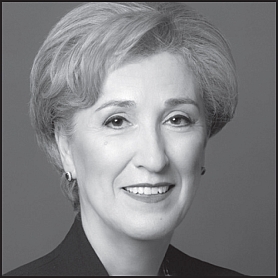At least two of this year’s Rising Stars winners are managing partners at their firms. Several others lead firms, albeit without that title. Sometimes, they have co-founded a firm; others have taken on arguably thankless tasks such as sitting on compensation committees. The Rising Stars Advisory Board, many of whom are themselves managing partners, are looking for leaders who are shaping the future of firms and in-house departments.
How challenging is it for these leaders to lead those partners or colleagues who are considerably older than they are? Is it more or less challenging than leading younger lawyers who may have different expectations?
According to American Lawyer Magazine, the average age of partners at its identified top 200 law firms is 52. Perhaps more interesting than the average is the range. “Only about 2 percent of partners at these firms are millennials—those who are 18 to 35 years old.” Meanwhile, the percentage of partners aged 71 to 88 years old is higher; they account for about 3 percent of partners in the Am Law 200.”
As reported by Victor Lipman on Forbes.com, surveyed CFOs said that differing communication styles posed the strongest challenge for them as leaders: “Baby boomers were perceived as more ‘reserved,’ while generations y and z (often just called millennials) tend to favor more ‘collaborative’ and ‘in-person’ means of communicating.”
These are generalizations surely but may be helpful for younger leaders to prepare for.
Young leadership is not entirely new and is certainly relative. In 1783, William Pitt the Younger became prime minister of Britain at 24. That fact alone may inspire lawyer competitiveness. ...





